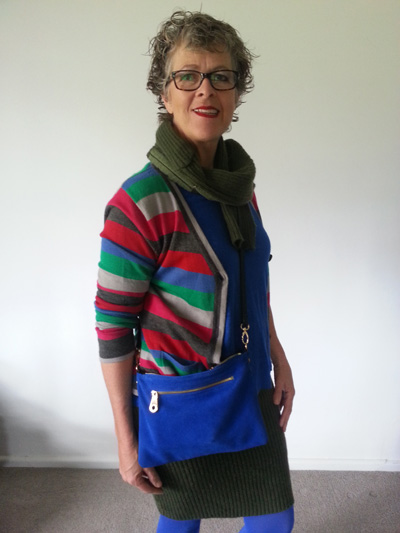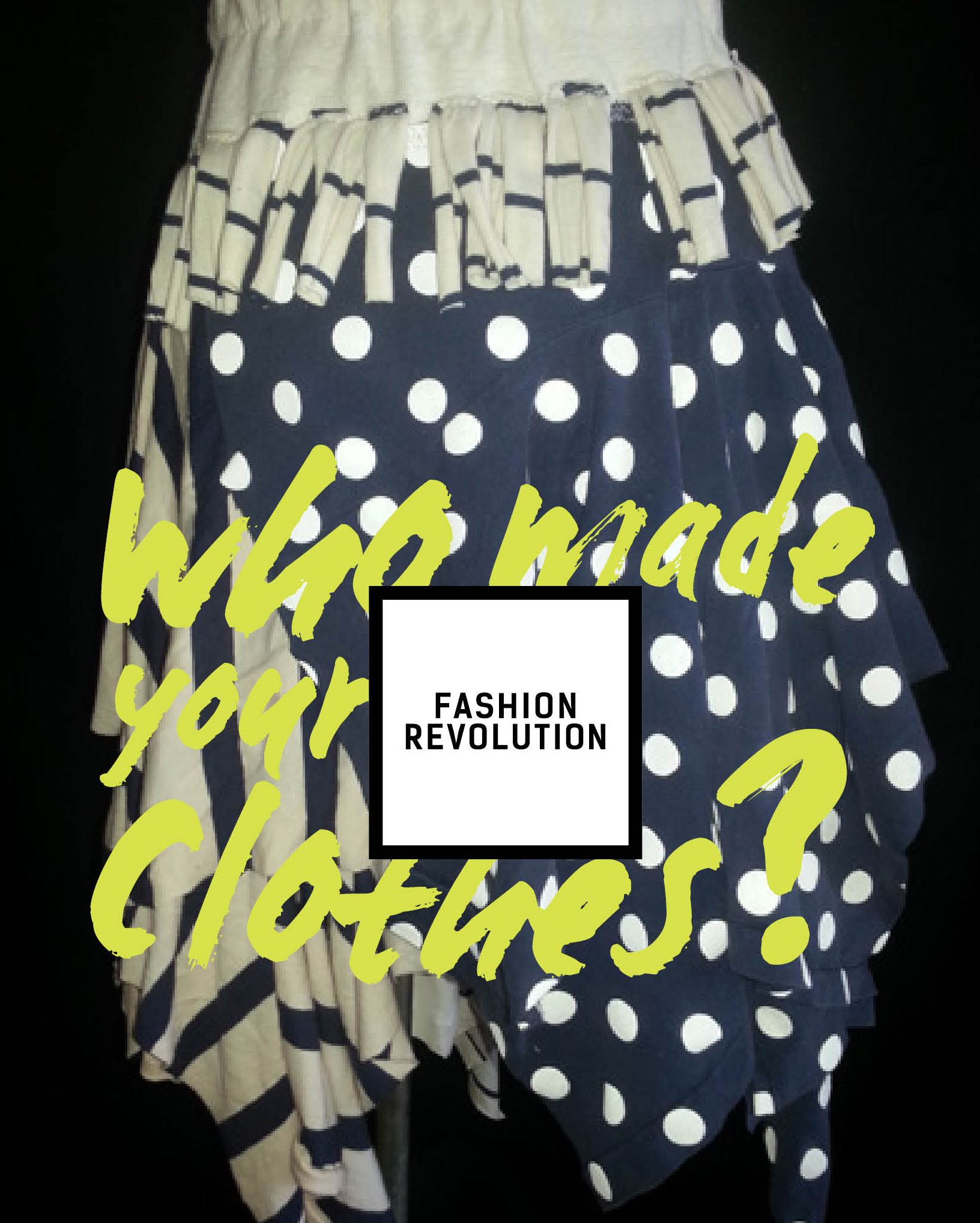 The built environment shapes the way we live, food choices influence our health and the clothing we chose to wear is a statement about who we are.
The built environment shapes the way we live, food choices influence our health and the clothing we chose to wear is a statement about who we are.
Media reports today confirm that fast food is having a profound influence on our diet, with a new Australian Health Survey by the Bureau of Statistics showing we are eating 30 per cent less fruit and vegetables than 15 years ago.
Curtin University’s Professor Mike Daube is quoted as saying fast food has eclipsed vegetables as a dietary staple, which is a major concern because of the implications for health costs and disease burden in society. “The results are a triumph for the mass marketing of junk food,” he says.
Just as fast food has negatively influenced our diets, fast fashion has transformed the clothing and textile landscape. In the past decade, our entire approach has changed since globalisation made clothing cheaper and more plentiful that ever before.
Clothing waste is a very real issue, leading to organisations such as the UK-based charity TRAID working to stop clothes from being thrown away and Hong Kong-based NGO Redress promoting environmental sustainability in the fashion industry by reducing textile waste, pollution, water and energy consumption.
Tweets from the Ecochic Awards yesterday via @TRAID and @Redress_Asia quoted: “A third of all clothing is still ending up in landfill In the UK … we throw £140 million of clothes into the bin every year … according to WRAP UK 17-20% of garments made remain unsold.”
Such waste is worrying and these figures are probably similar in other developed nations such as Australia. A desire to value reject natural fibre clothing underpins my 365-day Sew it Again project to raise awareness of how we can creatively reconstruct and upcycle what already exists instead of always buying new.
Sew 130 is two op-shop found jumpers. The striped wool had a couple of small holes which I mended by hand-stitching on a few buttons. The khaki wool jumper was cut and reshaped as a jumper skirt, with the sleeves sewn together (on the diagonal to optimise length) to become a scarf. Ele has accessorised with bright blue and makes these rejects look groovy.

 After our clothing has been made and sold, the main environmental impact comes from the way we wash and dry it.
After our clothing has been made and sold, the main environmental impact comes from the way we wash and dry it.










